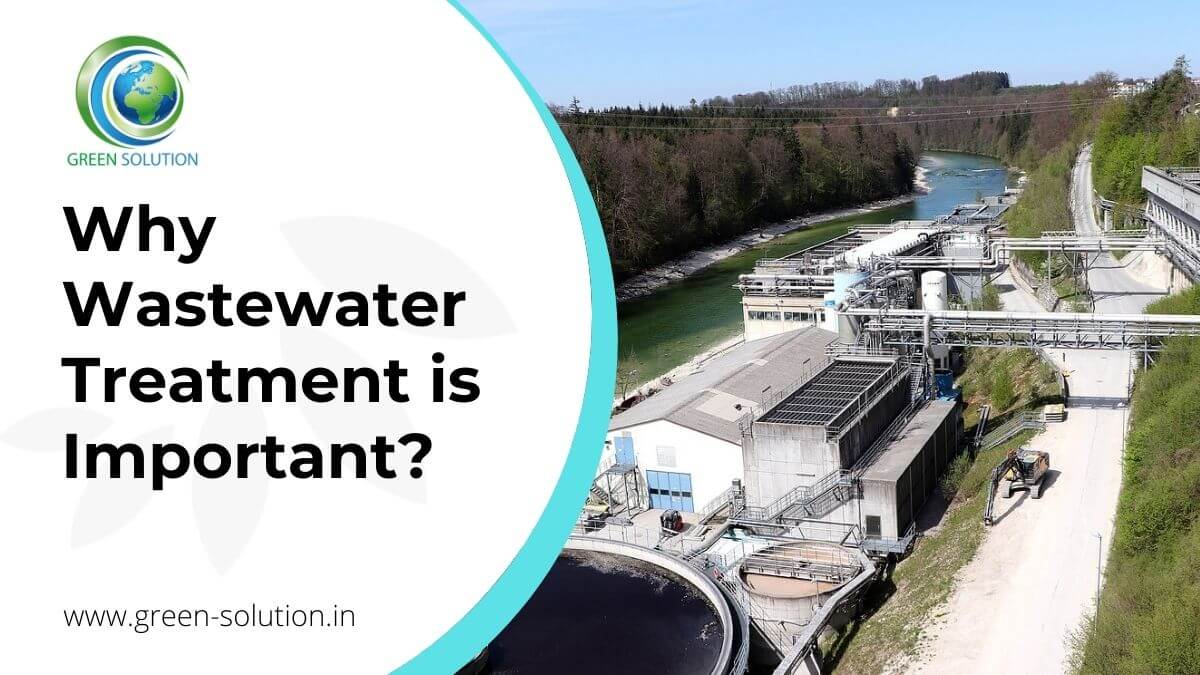The Main Principles Of Reclaim Waste
The Main Principles Of Reclaim Waste
Blog Article
10 Simple Techniques For Reclaim Waste
Table of ContentsFacts About Reclaim Waste RevealedThe Main Principles Of Reclaim Waste Reclaim Waste Fundamentals ExplainedTop Guidelines Of Reclaim Waste10 Easy Facts About Reclaim Waste Explained
Discover the types, occurrences, and kinds of liquid waste. Domestic sewer waste describes the waste and products from a domestic septic system. This kind of waste is developed by people in houses, schools, and other buildings. This only includes septic systems that have a drain area. The correct management and disposal of residential sewage waste call for liquid waste to be moved to a sewage treatment plant where the correct methods and equipment are put on detoxify and deal with waste.
Commercial waste commonly includes prospective threats, such as flammable materials or a blend of fluid and solid waste products, and needs an advanced and in-depth disposal procedure. The disposal of commercial waste generally includes the purification of waste before transportation to make sure secure and correct disposal. Industrial waste is created from by-products and overflow of commercial procedures and manufacturing.
This kind of waste can not make use of the same sewage administration transportation or processes as septic or industrial liquids. The industrial waste administration process needs the assessment and screening of fluid waste before it goes through the disposal process (liquid waste removal melbourne). Overflow waste is the liquid waste that comes from runoff and excess stormwater in highly populated areas or cities
Runoff waste can cause contamination and flooding if not dealt with correctly. Discover much more regarding drain cleaning and waste administration. Making certain correct waste management can avoid catastrophes and minimize ecological damage. Both people in residential settings and specialists in business or manufacturing industries can take advantage of recognizing the procedures and policies of liquid waste management.
Reclaim Waste for Beginners
Call PROS Solutions today to discover our waste administration and disposal services and the appropriate ways to take care of the liquid waste you generate.
(https://hub.docker.com/u/reclaimwaste1?_gl=1*1980ev1*_ga*MTgwOTc3Nzc2OS4xNzMxMzI1Mzkw*_ga_XJWPQMJYHQ*MTczMTMyNTM5MC4xLjEuMTczMTMyNTcwOC4xMC4wLjA.)This supposed 'wastewater' is not only a vital source but, after therapy, will be released to our land, rivers or the ocean. Made use of water from bathrooms, showers, baths, kitchen sinks, washings and industrial processes is recognized as wastewater.

water made use of to cool equipment or clean plant and devices). Stormwater, a form of wastewater, is overflow that moves from agricultural and city areas such as roof coverings, parks, gardens, roadways, courses and gutters right into stormwater drains pipes, after rain. Stormwater streams neglected straight Full Article to local creeks or rivers, ultimately getting to the ocean.
What Does Reclaim Waste Do?
In Queensland, many wastewater is treated at sewage treatment plants. Wastewater is carried from domestic or industrial sites through a system of sewers and pump terminals, recognized as sewage reticulation, to a sewer treatment plant.
The Department of Natural Resources encourages neighborhood governments regarding managing, operating and maintaining sewage systems and therapy plants. In unsewered areas, local governments might call for homeowners to install individual or house sewer therapy systems to deal with domestic wastewater from toilets, kitchens, restrooms and laundries. The Division of Natural Resources authorises making use of household systems when they are proven to be effective.
Most stormwater obtains no therapy. In some new class, treatment of some stormwater to remove trash, sand and crushed rock has actually started making use of gross contaminant catches. Wastewater treatment happens in four stages: Eliminates solid matter. Larger solids, such as plastics and various other objects wrongly discharged to drains, are eliminated when wastewater is passed through displays.
Wastewater then streams right into big containers where solids resolve and are removed as sludge. Oil and residue are skimmed from the surface. Makes use of small living microorganisms referred to as micro-organisms to break down and eliminate continuing to be dissolved wastes and great bits. Micro-organisms and wastes are incorporated in the sludge. Eliminates nitrogen and phosphorus nutrients that can cause algal blossoms in our waterways and endanger marine life.
The Reclaim Waste PDFs
Nutrient elimination is not readily available at all sewage treatment plants because it requires costly specialist devices. It is coming to be more common in Queensland. Clear liquid effluent created after treatment may still include disease-causing micro-organisms. If this effluent is launched right into rivers such as rivers or the sea, the micro-organisms will at some point pass away out.

A lot of wastewater flows right into the sewerage system. Under the Act, regional governments carry out approvals and permits for ecologically relevant activities (Ages) involving wastewater launches that might have a regional impact.
Reclaim Waste Things To Know Before You Buy
Otherwise, samples are considered research laboratory analysis. Usually lots of examinations are needed to establish the degrees of each of the various pollutants such as oils, heavy steels and chemicals in water. Monitoring offers accurate details about water high quality and can validate that permit problems are being met. The details gotten through monitoring offers the basis for making water high quality decisions.
Report this page